
How to train a BERT machine learning model with OpenShift AI
BERT, which stands for Bidirectional Encoder Representations from Transformers

BERT, which stands for Bidirectional Encoder Representations from Transformers
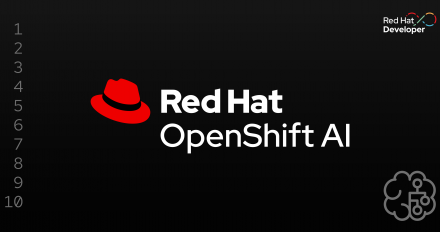
This article explains how to use Red Hat OpenShift AI in the Developer Sandbox for Red Hat OpenShift to create and deploy models.


End-to-end AI-enabled applications and data pipelines across the hybrid cloud

Learn a simplified method for installing KServe, a highly scalable and standards-based model inference platform on Kubernetes for scalable AI.

A practical example to deploy machine learning model using data science...
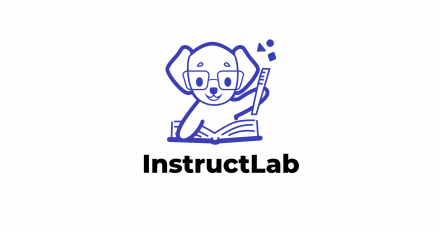
Learn how to fine-tune large language models with specific skills and knowledge

This guide will walk you through the process of setting up RStudio Server on Red Hat OpenShift AI and getting started with its extensive features.

Are you curious about the power of artificial intelligence (AI) but not sure
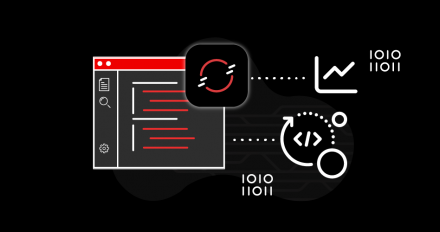
The Edge to Core Pipeline Pattern automates a continuous cycle for releasing and deploying new AI/ML models using Red Hat build of Apache Camel and more.

The AI Lab Recipes repository offers recipes for building and running containerized AI and LLM applications to help developers move quickly from prototype to production.
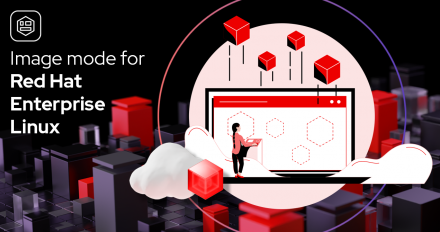
Learn how to build a containerized bootable operating system to run AI models using image mode for Red Hat Enterprise Linux, then deploy a custom image.

A common platform for machine learning and app development on the hybrid cloud.

Applications based on machine learning and deep learning, using structured and unstructured data as the fuel to drive these applications.

Red Hat provides AI/ML across its products and platforms, giving developers a portfolio of enterprise-class AI/ML solutions to deploy AI-enabled applications in any environment, increase efficiency, and accelerate time-to-value.

Enterprise-grade artificial intelligence and machine learning (AI/ML) for developers, data engineers, data scientists, and operations.

Learn how Intel Graphics Processing Units (GPUs) can enhance the performance of machine learning tasks and pave the way for efficient model serving.

Join Red Hat Developer for the software and tutorials to develop cloud applications using Kubernetes, microservices, serverless and Linux.

Discover how to use machine learning techniques to analyze context, semantics, and relationships between words and phrases indexed in Elasticsearch.

Discover how event-driven architecture can transform data into valuable business intelligence with intelligent applications using AI/ML.

Walk through the basics of fine-tuning a large language model using Red Hat OpenShift Data Science and HuggingFace Transformers.
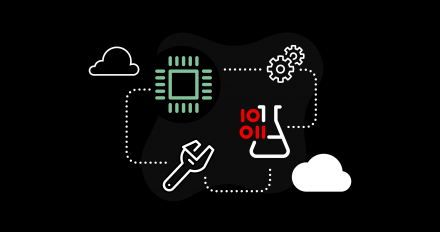
Learn why graphics processing units (GPUs) have become the foundation of artificial intelligence and how they are being used.

In this article, you will learn how to perform inference on JPEG images using the gRPC API in OpenVINO Model Server in OpenShift. Model servers play an important role in smoothly bringing models from development to production. Models are served via network endpoints which expose an APIs to run predictions.

Intel AI tools save cloud costs, date scientists' time, and time spent developing models. Learn how the AI Kit can help you.

OpenVINO helps you tackle speech-to-text conversion, a common AI use case. Learn more.